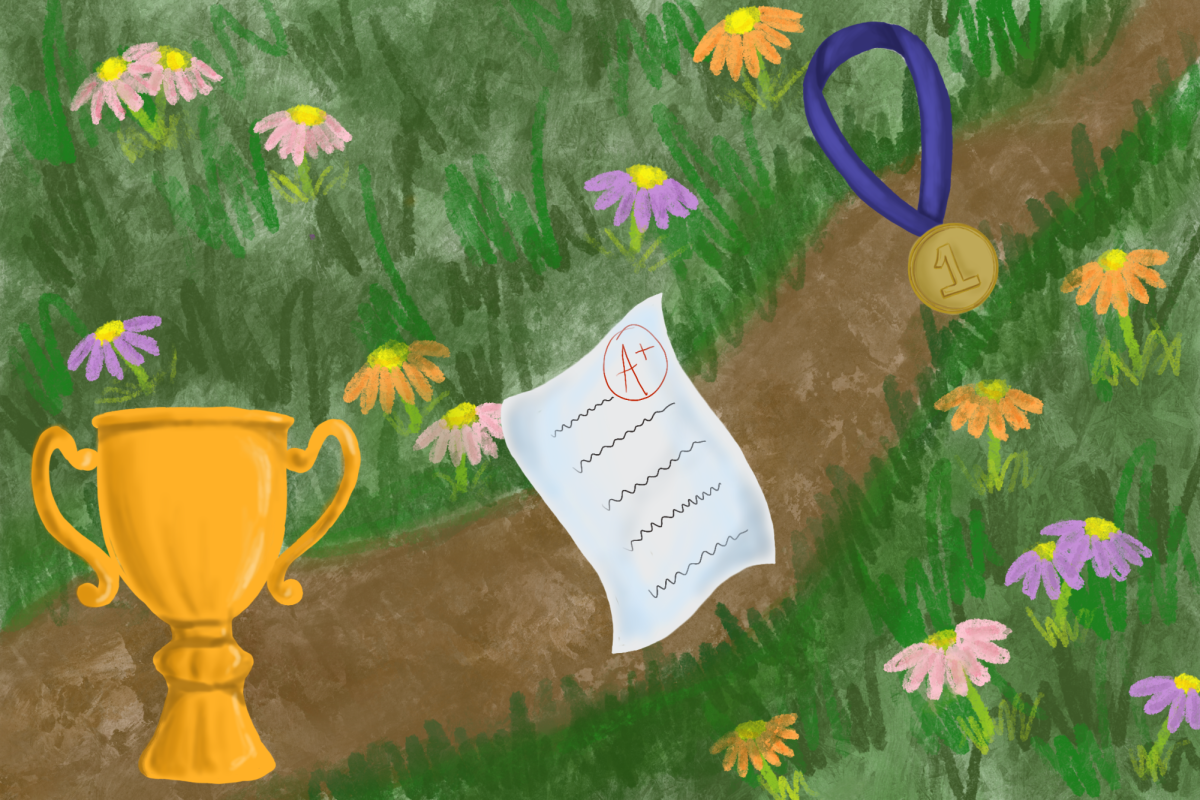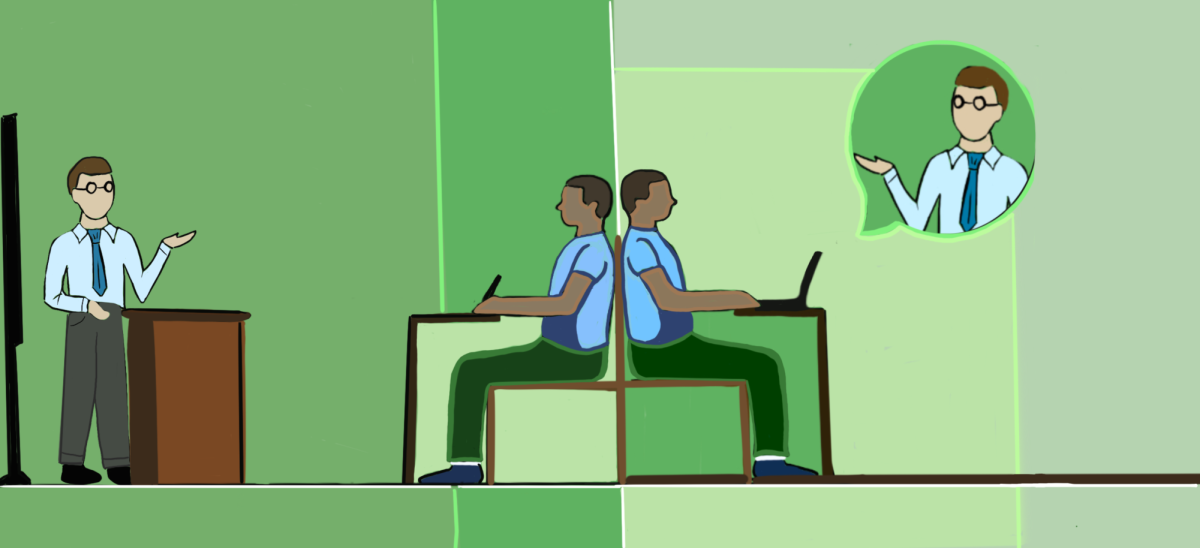Right-wing zealots are campaigning to shift money at UT from research to teaching.
They assert that patent payments don’t cover the cost of research and tenured faculty should teach more. The recognition of the two different objectives of higher education is correct. But instead of reducing research by senior faculty and increasing teaching, the effort should be exactly the opposite.
First, as to research, critics point out that private industry conducts more and more research, so why not cut back on the research done at universities? But it is exactly the kind of research that the private sector will not do because a clear return in patent payments is not assured that universities properly undertake: “basic” research that will underlie practical developments.
To be sure, it might make sense to divide university research between that which might eventually contribute to the economy from research in fields such as liberal arts, where the value is not economic but social or moral. Supporting research in these non-economic areas may be even more important to society than research that underlies practical developments, but reasonable limits could be set on what the nation spends. The flow of journal articles on medieval Germanic philology need not increase just because the U.S. population has.
As to teaching, critics complain that tenured and tenure-track faculty are being replaced by teaching assistants, especially graduate students. Yet no evidence is provided to demonstrate that teaching by full professors results in greater learning of introductory subjects.
More seriously, the economics of higher education show a constantly increasing cost of instruction due to its labor intensity. Professors must be paid what they could earn away from the academy in endeavors where productivity does increase. According to President William Powers, Jr., the cost of instruction at UT since 1990 has increased at an annual rate of 2.8 percent after adjusting for inflation — doubling real costs in 25 years.
The historic pattern of professor-taught classes is unsustainable. Fortunately, higher education is discovering that computer-based learning may be a successful substitute to the classroom-professor-textbook model. Carnegie Mellon taught a computer-based statistics course (no professor) and the same subject in the old manner. Both courses shared a final exam on which students in the computer-based course did better.
Looking forward, Texas seeks a third “national public university.” It seems to be assumed, improbably, that it would resemble the UT or Texas A&M of today. More likely, by the time a new institution could be operating, it will not reflect the teaching-research balance of today but be more research oriented, like Cal Tech, Bell Labs or NIH. Student learning could be shifted to secondary schools and computer-based modules that permit students to practice individually the skills they seek. These developments would better address the problem of costly higher education than shifting researchers to classroom teaching.











